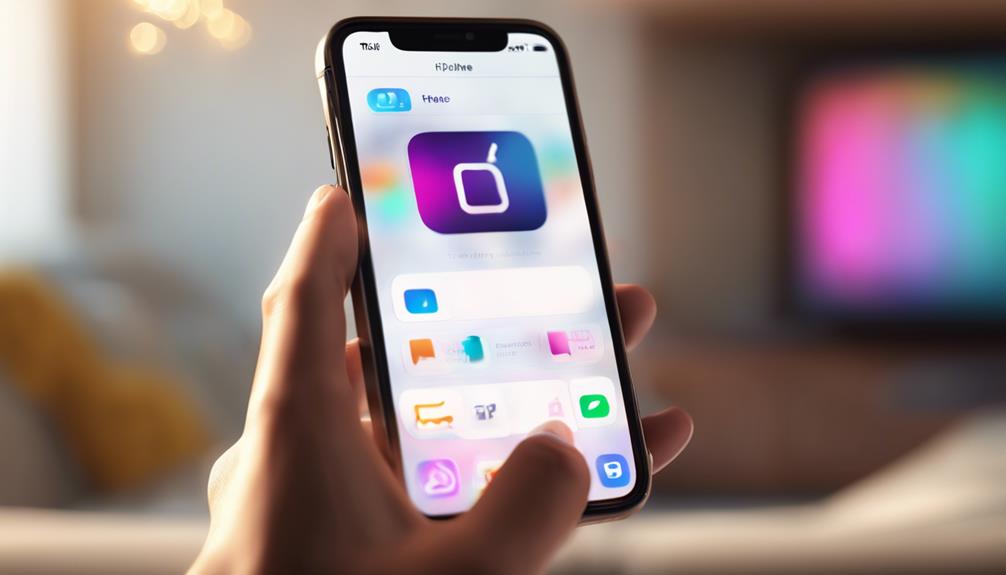To delete apps on your iPhone, simply find the app you want to remove on your home screen. Press and hold the app icon until a menu appears, then select “Remove App.” You can choose to delete it or just remove it from the home screen. Alternatively, go to Settings, tap on 'General,' then 'iPhone Storage' to see a list of apps and delete them from there. If you want to keep data without deleting, consider offloading unused apps instead. There's plenty more to help you manage your apps efficiently, so keep going for other tips.
Key Takeaways
- Press and hold the app icon on the home screen, then select "Remove App" to delete it.
- Access Settings, navigate to 'General' and 'iPhone Storage' to manage and delete apps with a clearer overview.
- Offload unused apps in 'iPhone Storage' to free up space while retaining app data for future use.
- Built-in apps can be deleted by pressing and holding the icon, but not all can be removed.
Understanding App Deletion
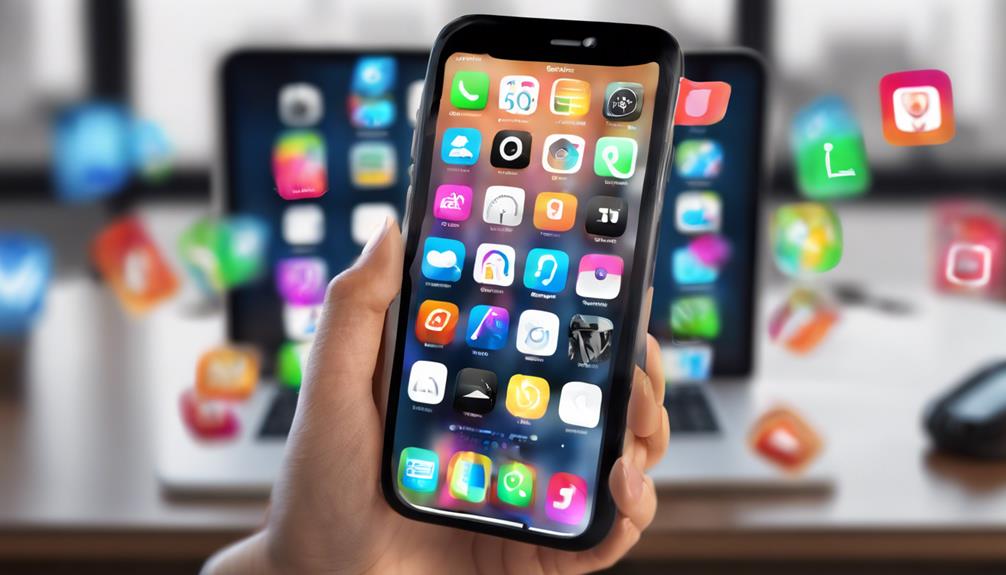
When you want to free up space or declutter your iPhone, understanding how app deletion works is crucial.
Deleting an app isn't just about removing it from your home screen; it also impacts the app data and permissions associated with it. When you delete an app, all its app data, including saved files and preferences, will be erased unless the app supports cloud backup.
Before you hit that delete button, consider what you might lose. Some apps require permissions to access your photos, contacts, or location, and deleting them removes that access. If you decide to reinstall the app later, you'll have to grant those permissions again.
To guarantee a smooth decluttering process, take a moment to review your apps. Identify which ones you truly use and value. If an app's not adding to your life, it's time to let it go.
Knowing how app deletion impacts your device can help you make informed choices. You're not just gaining space; you're creating a more streamlined experience that aligns with your needs and preferences, making your iPhone feel more like your own.
Deleting Apps From Home Screen
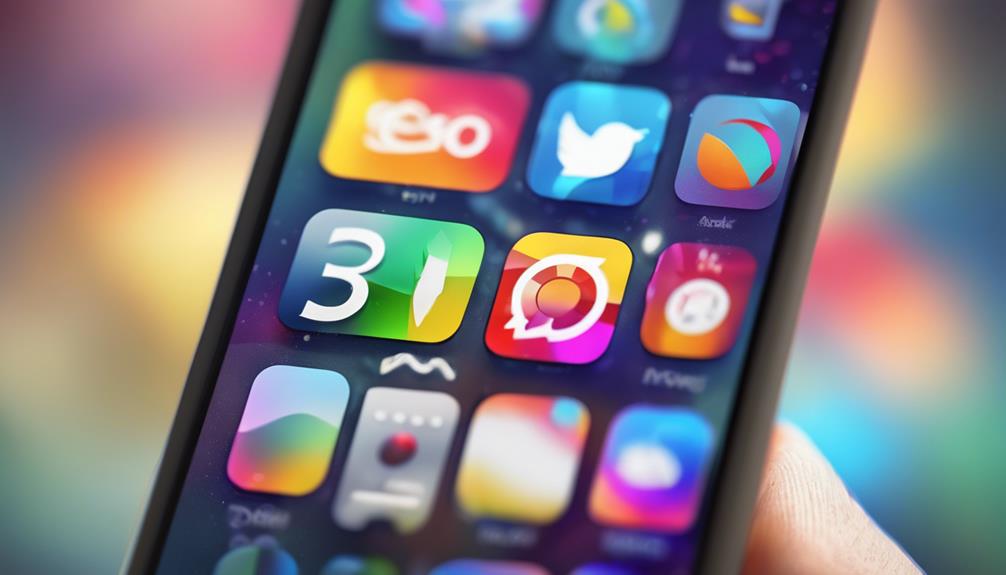
To delete apps directly from your home screen, simply press and hold the app icon until a menu appears. You'll see options that include “Remove App.” Tap that, and you'll have the choice to either delete the app or remove it from your home screen. If you choose to delete, the app will be gone for good, freeing up space and enhancing your home screen organization.
If you're worried about clutter, deleting unused apps is a great way to streamline your device.
You can also rearrange app icons while you're at it. Just press and hold an icon until everything starts wiggling, then drag it to your desired location. This allows you to create a layout that feels more personalized and inviting.
Whether you prefer grouping similar apps together or keeping your favorites front and center, the customization options are endless.
Removing Apps via Settings
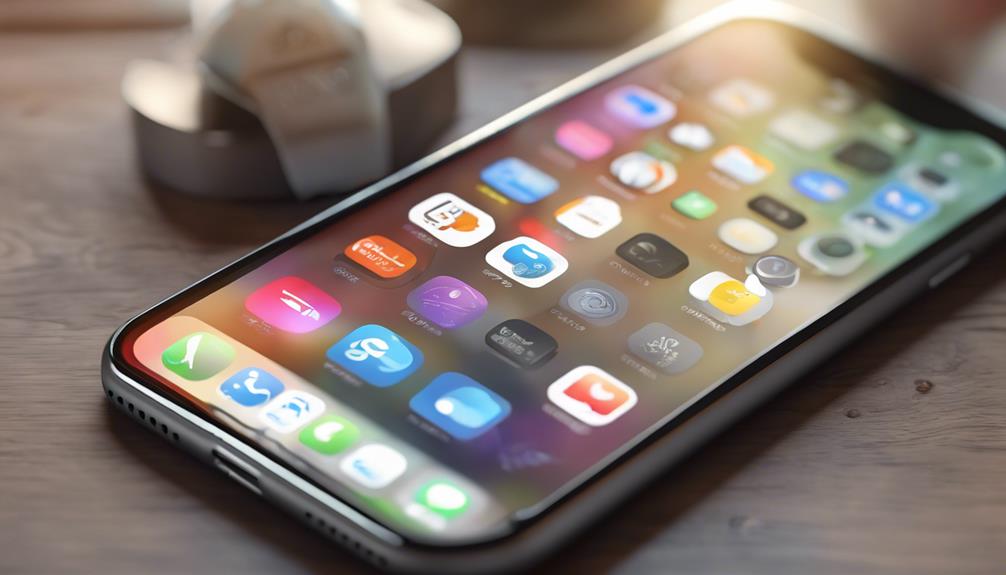
If you'd rather not delete apps from your home screen, you can also remove them through the Settings app.
Start by opening the Settings app on your iPhone. Scroll down and tap on 'General.' From there, select 'iPhone Storage.' This will show you a list of all your apps, along with details like the amount of storage they use.
Find the app you want to remove and tap on it. You'll see options related to app permissions and how the app organizes its data. To delete the app, simply tap 'Delete App.' Confirm your choice, and the app will be removed from your device.
Using this method gives you a clearer overview of your apps, helping you stay organized. It's a great way to guarantee you're only keeping the apps that truly matter to you.
Plus, by managing app permissions in this section, you can decide which apps you'd like to keep or remove based on their access needs. This approach not only declutters your device but also helps you feel more in control of your app collection.
Offloading Unused Apps
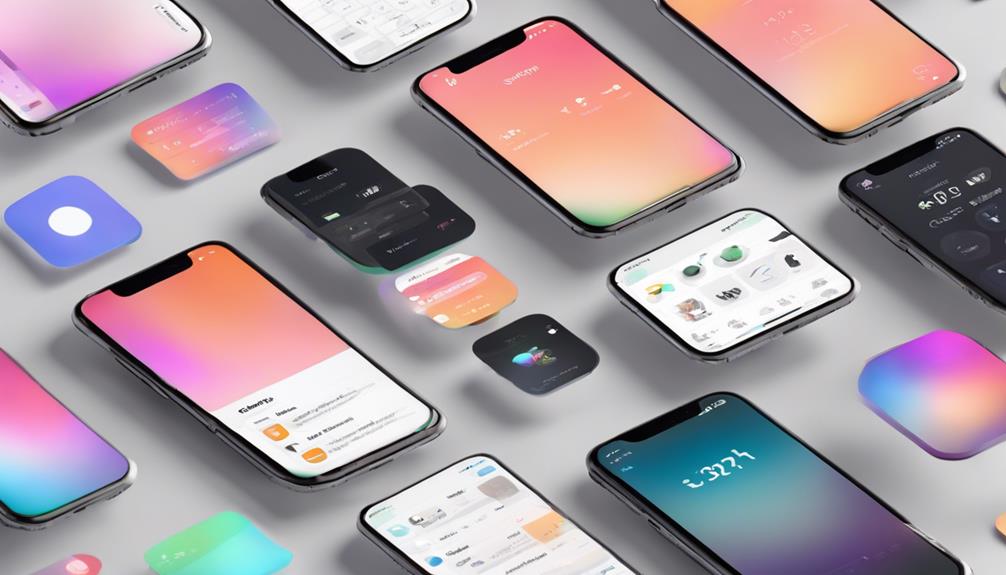
Offloading unused apps lets you free up storage without permanently deleting them. This feature is perfect for those times when you want to optimize storage but still keep access to your favorite apps. When you offload an app, your app data remains intact, so when you decide to reinstall it, you can pick up right where you left off.
To offload unused apps, go to Settings, tap on General, then select iPhone Storage. Here, you'll see a list of your apps sorted by storage usage. You'll notice an option to 'Offload App' next to apps you haven't used in a while. Just tap it, and the app will be removed, freeing up space while keeping your data safe.
This method is great for managing app usage and ensuring that your iPhone runs smoothly. You can always reinstall the app when you need it again. By utilizing offloading, you're not only optimizing your storage but also creating a more efficient device that fits your lifestyle.
Deleting Built-in Apps
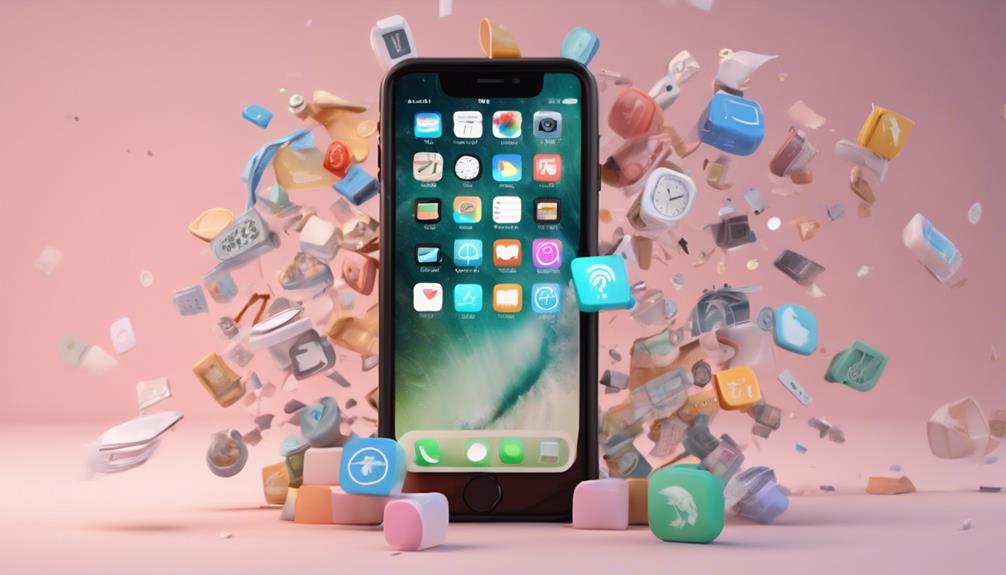
You can easily delete built-in apps on your iPhone to streamline your home screen and reduce clutter. However, keep in mind that there are some built-in limitations. Not all apps can be removed completely, but you can still delete many of the pre-installed options like Stocks, Maps, or News.
To do this, simply press and hold the app icon until a menu appears. Tap “Remove App,” then select “Delete App” to confirm. This action helps create a more personalized experience by allowing you to focus on the apps you use the most.
If you're worried about losing functionality, remember that there are alternative options available. For instance, if you delete the Mail app, you can always use other email clients from the App Store. Just make a note of which apps you rely on, as deleting some built-in options might limit your iPhone's usability in certain areas.
Ultimately, it's about making your iPhone work for you, so don't hesitate to remove the apps that don't fit your lifestyle or preferences!
Reinstalling Deleted Apps
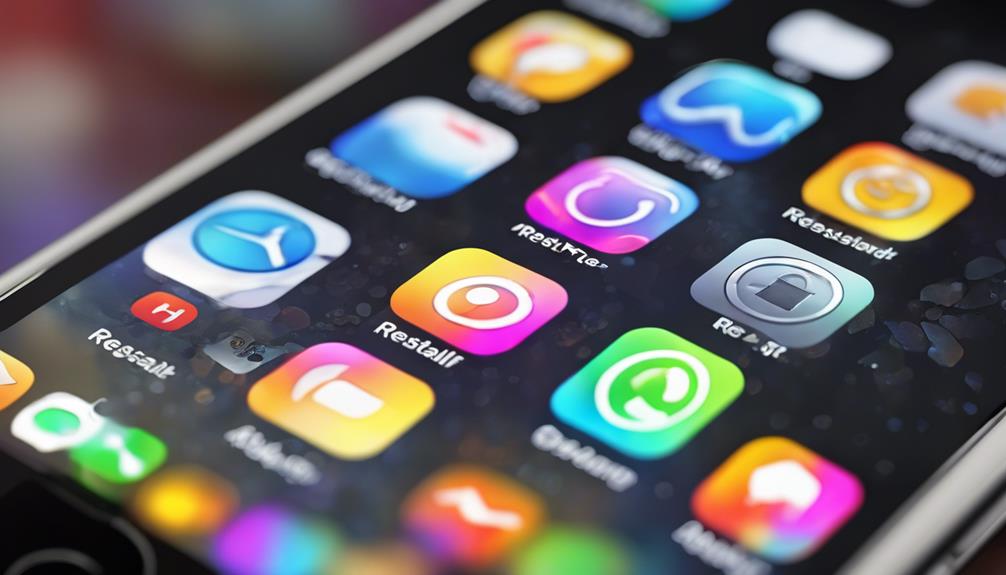
After removing apps, reinstalling them is a straightforward process that allows you to restore any functionality you may have lost. To get started, open the App Store on your iPhone. Tap the “Search” tab at the bottom and type in the name of the app you want to reinstall. Once you find it, tap the cloud icon with an arrow pointing downwards to begin the download.
If you've made any purchases within the app, don't worry about losing them. Most apps let you restore purchases easily after you reinstall them. Simply open the app, look for the 'Restore Purchases' option, and tap it. This action will help you get back any content or features you previously bought without paying again.
Confirm you're logged into the same Apple ID you used for the original app purchase to guarantee a smooth restoration process. Reinstalling apps not only brings back the tools you love, but it also helps you stay connected to the communities and experiences that matter to you. So, don't hesitate to bring back any app that enhances your iPhone experience!
Managing App Storage Space

Managing app storage space on your iPhone is essential for keeping your device running smoothly and ensuring you have enough room for new content.
To get started with effective storage management, head to Settings, then tap on General, followed by iPhone Storage. Here, you'll see a breakdown of how much space each app is using.
Identify the apps that consume the most storage. If you haven't used an app in a while, consider deleting it to free up space. Just tap on the app and select “Delete App.” You can also offload unused apps—this keeps your data while removing the app itself, allowing easy reinstallation later.
You can also optimize your app storage by clearing caches and temporary files. Many social media and streaming apps allow you to manage their storage within their settings.
Conclusion
Deleting apps on your iPhone can feel like clearing out a cluttered closet—you're making space for what truly matters.
Just like you wouldn't hold onto clothes that no longer fit, removing unused apps frees up storage and enhances your device's performance.
Remember, it's not just about getting rid of things; it's about creating a more streamlined, efficient experience.
So, take a moment to declutter your digital space and enjoy the simplicity that follows.
